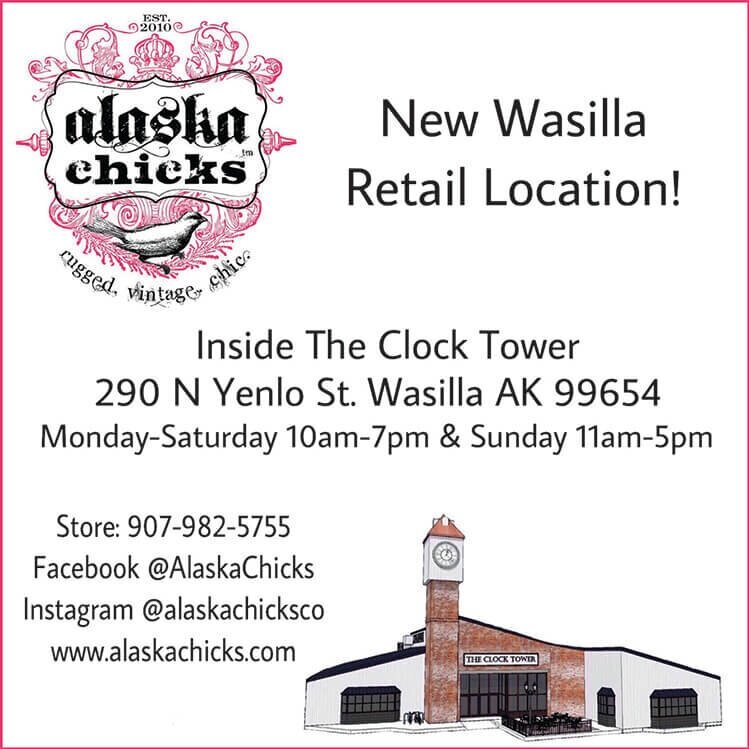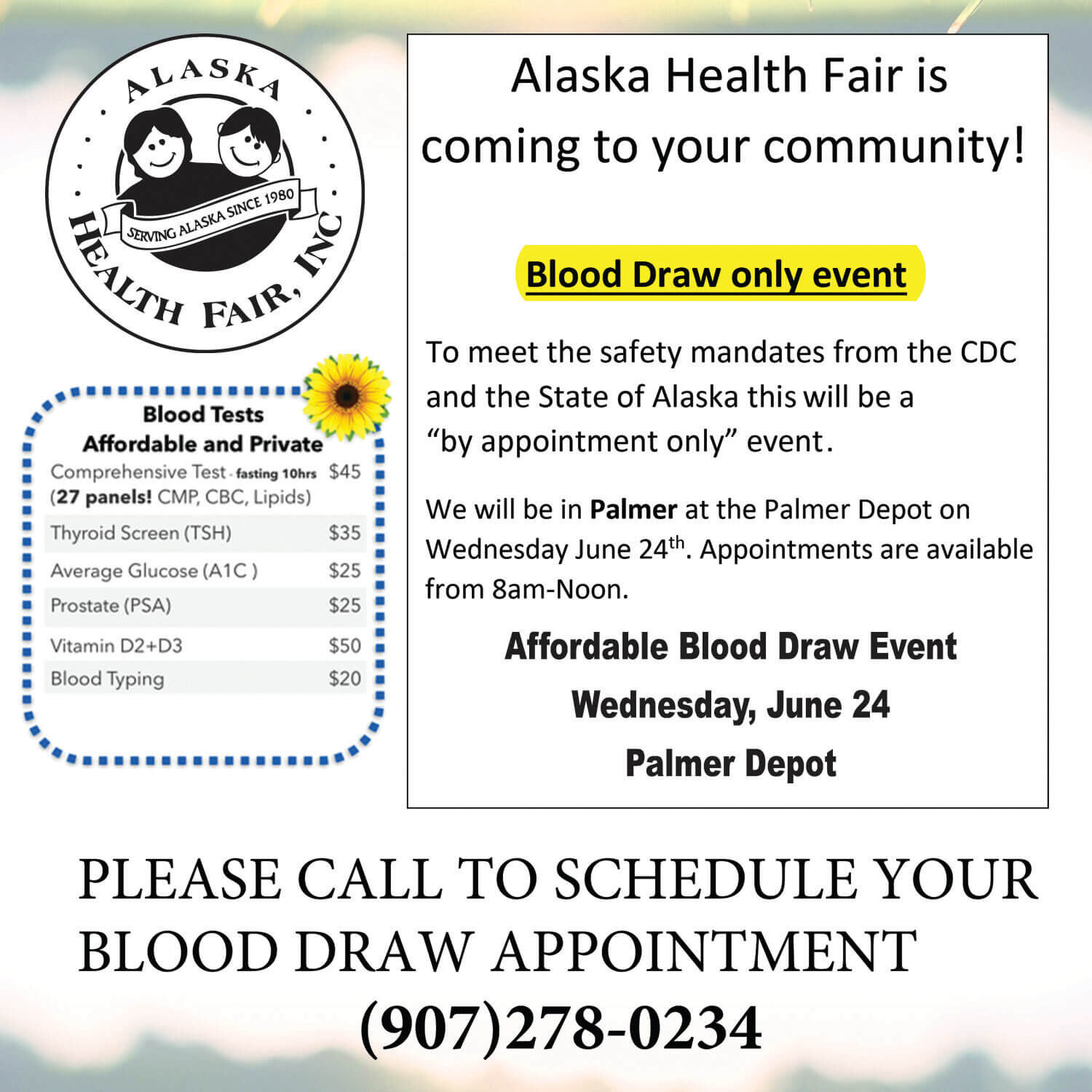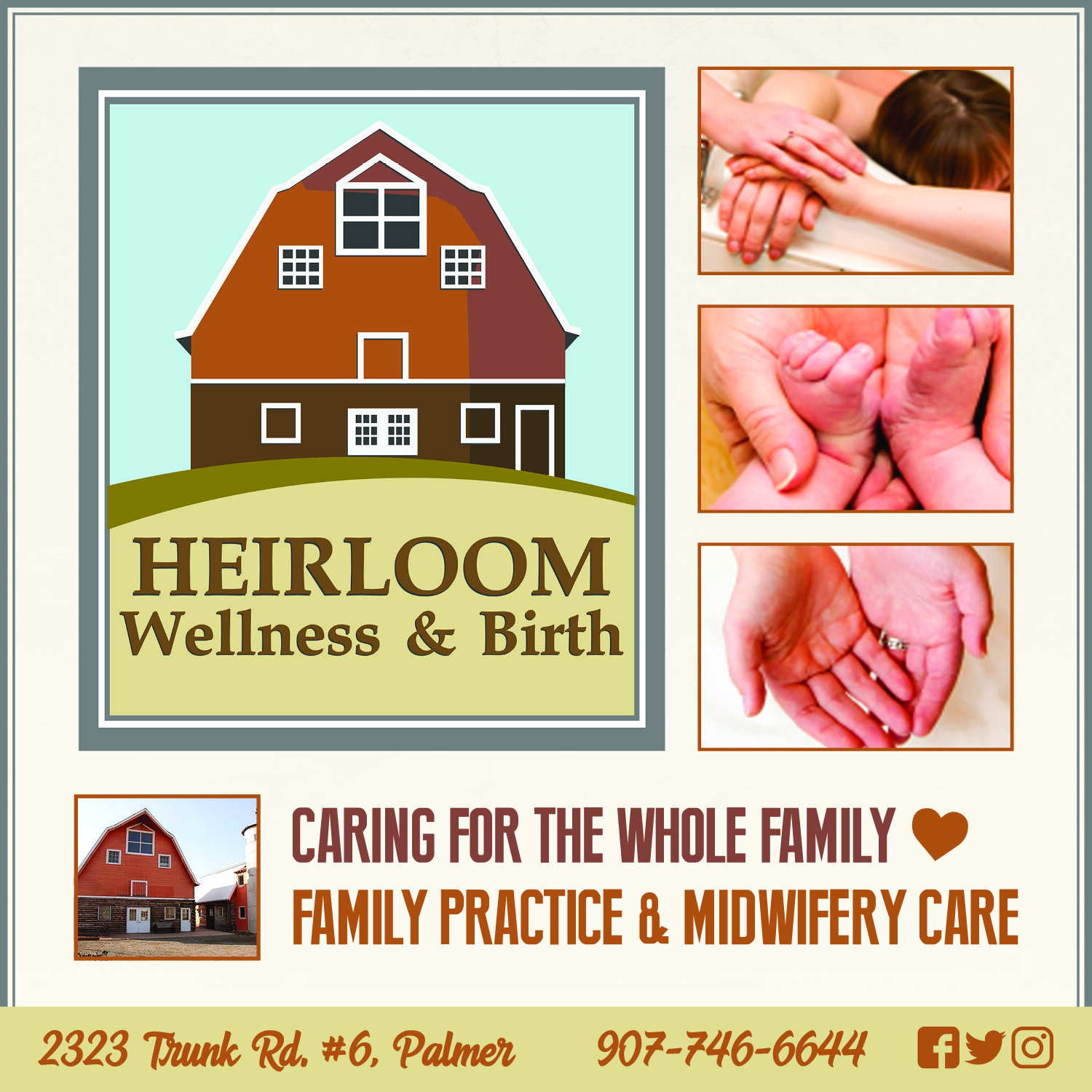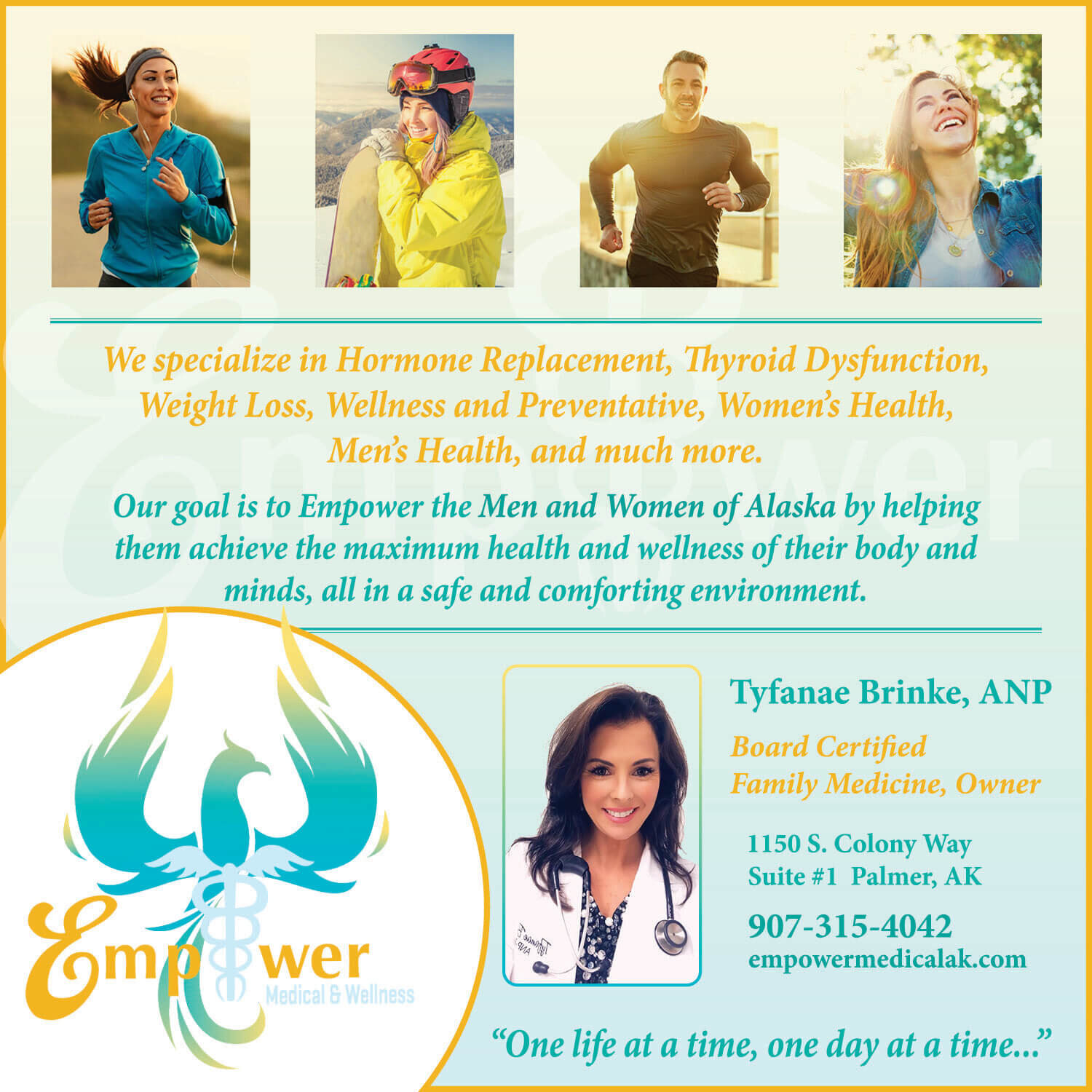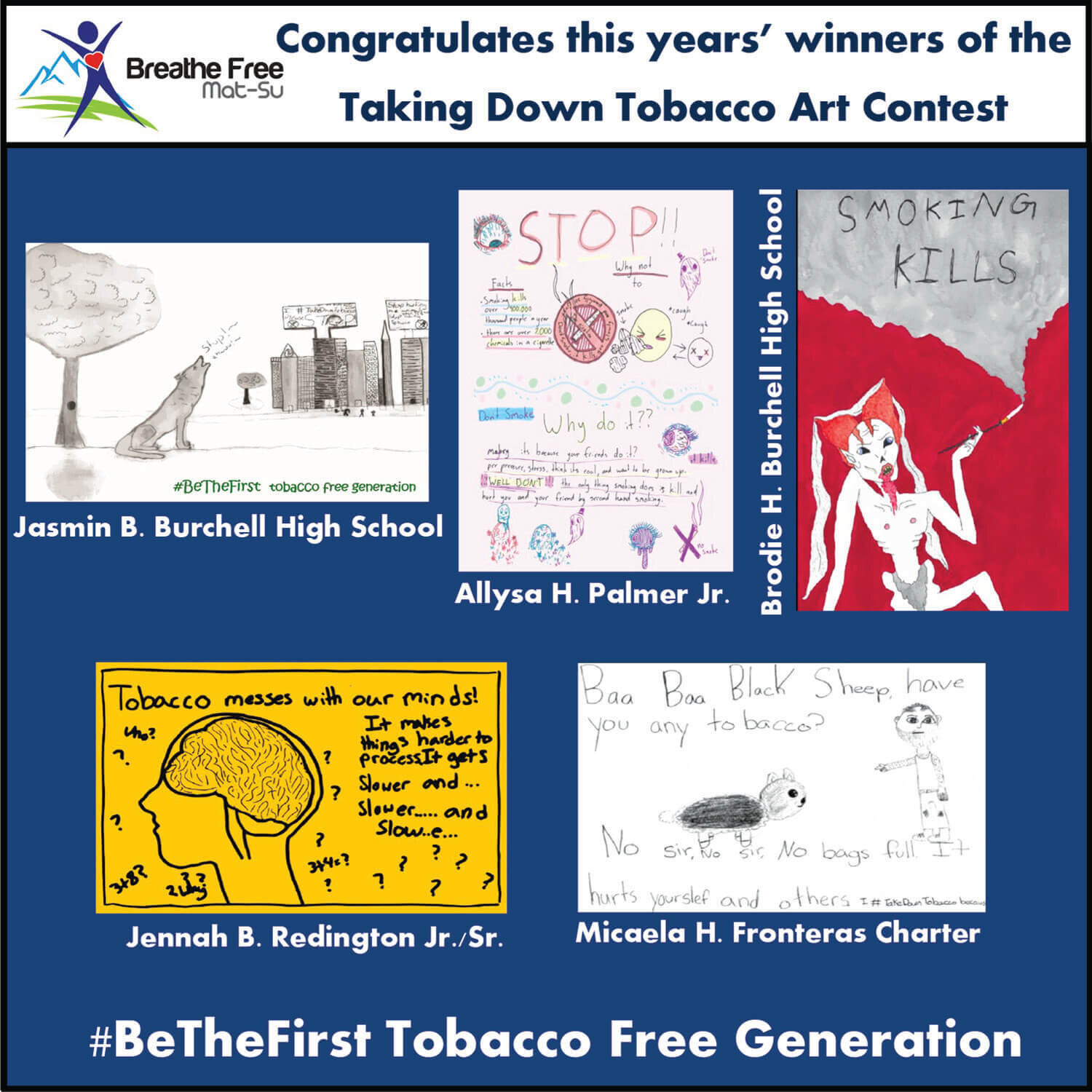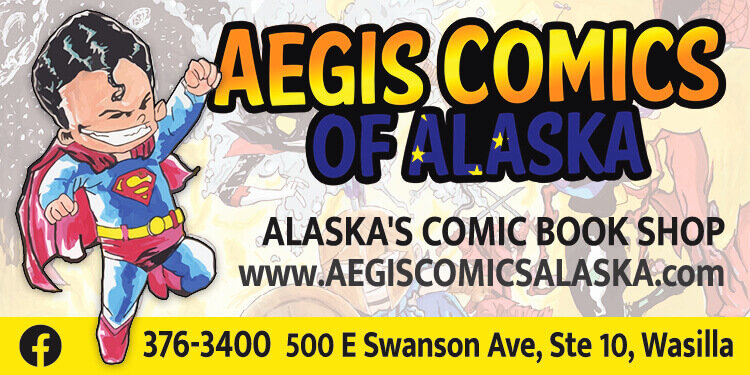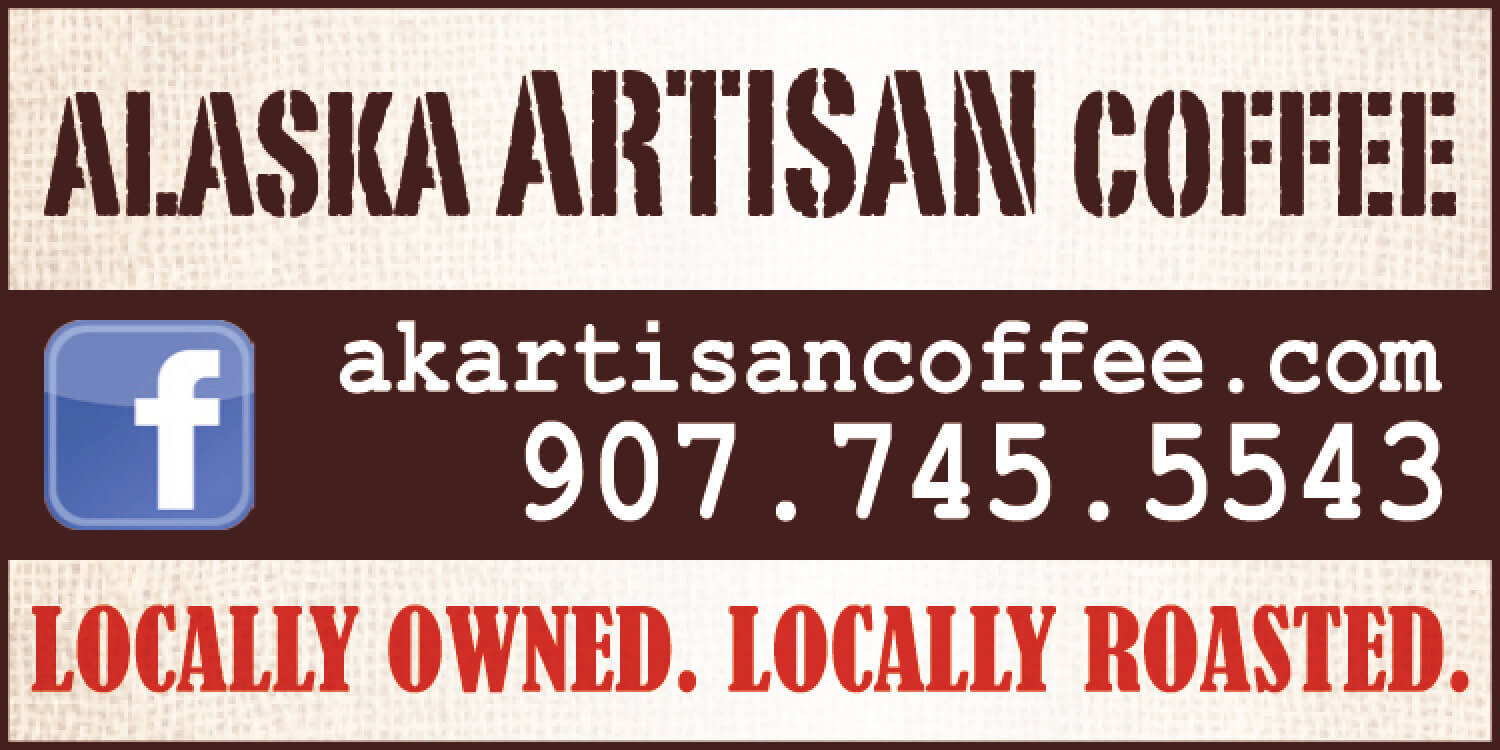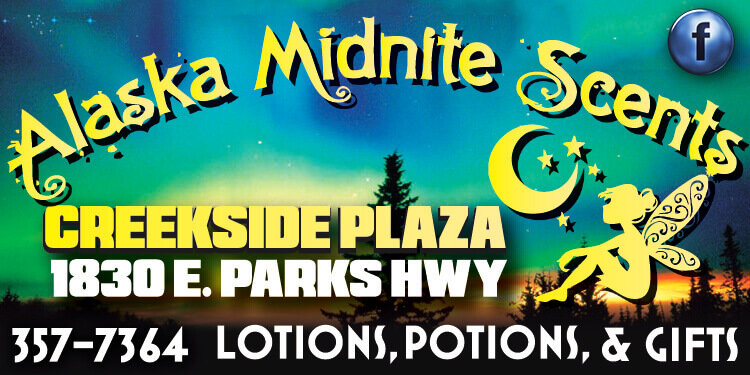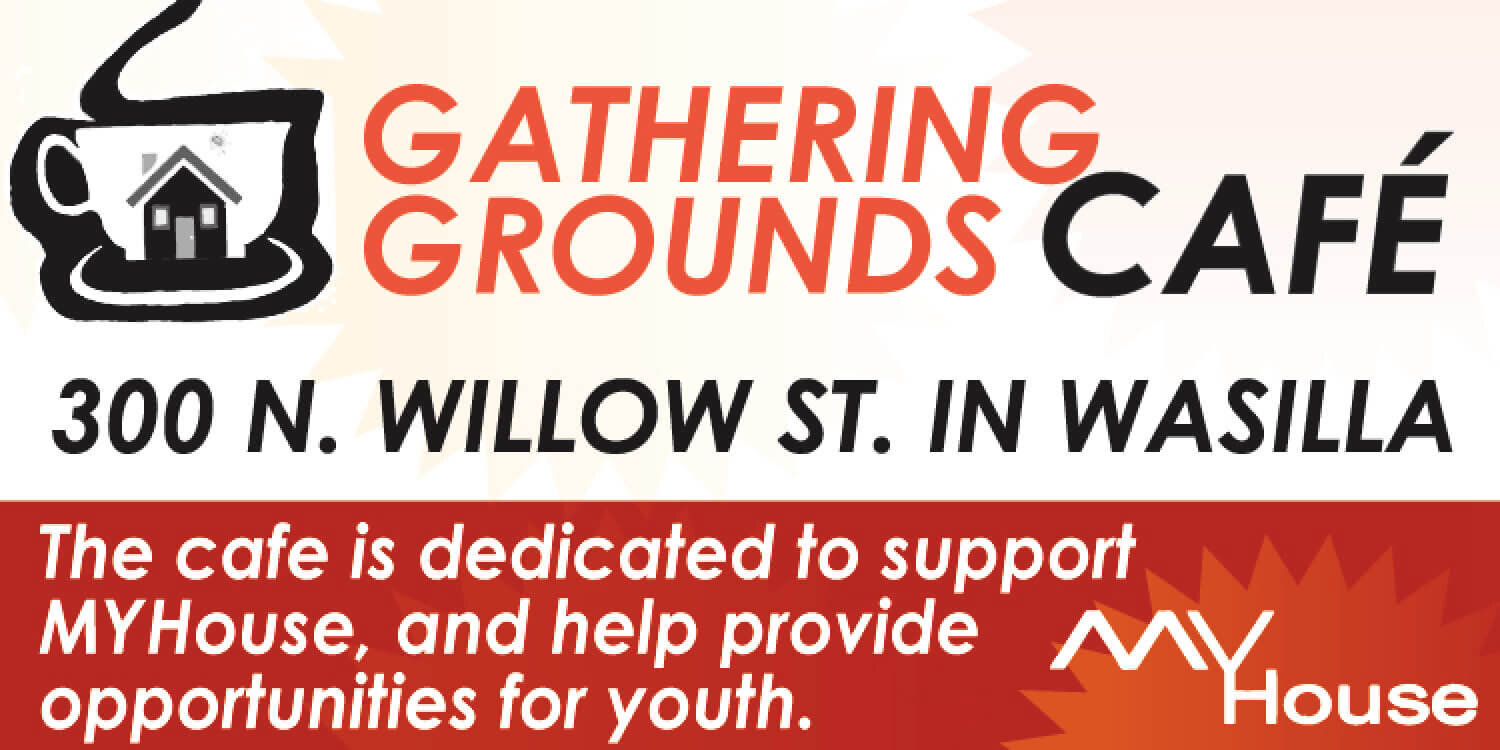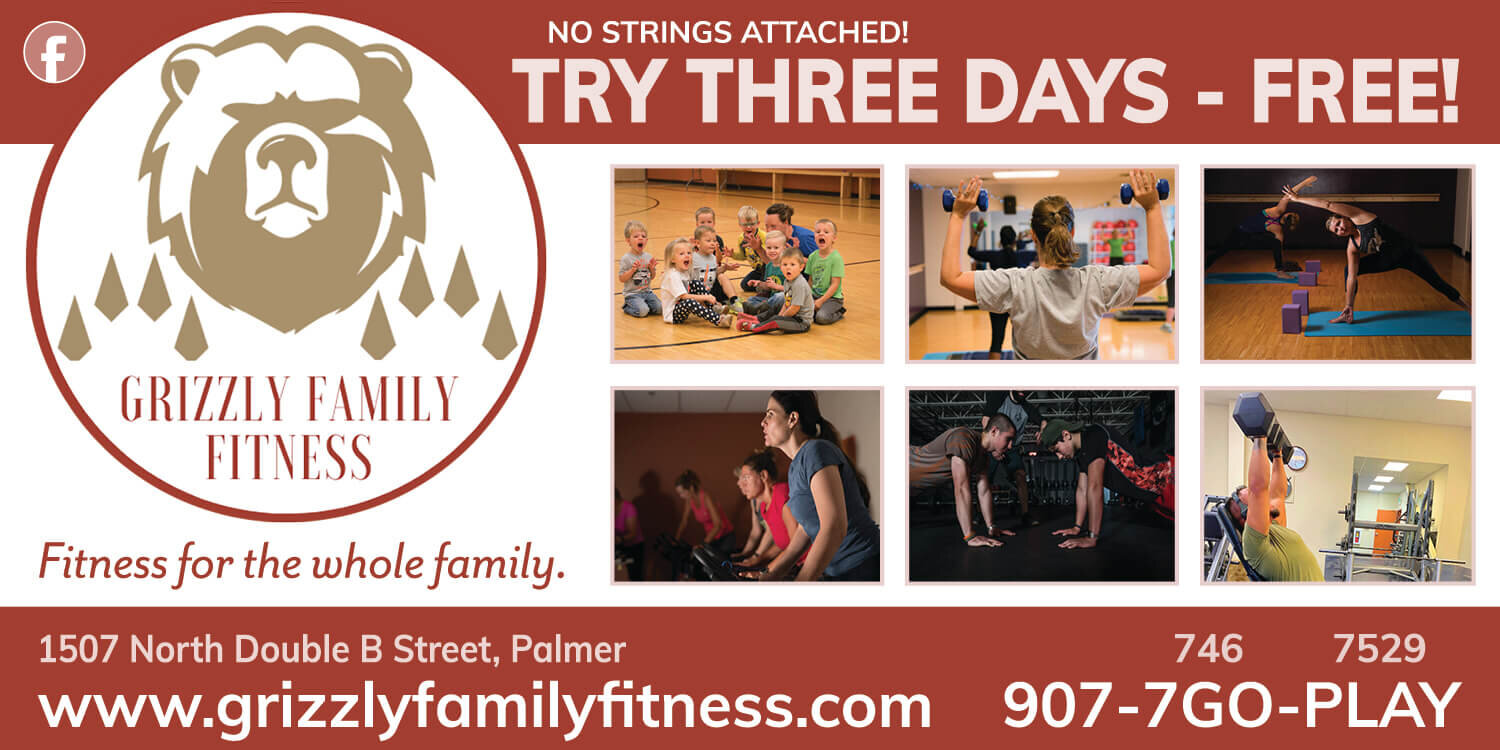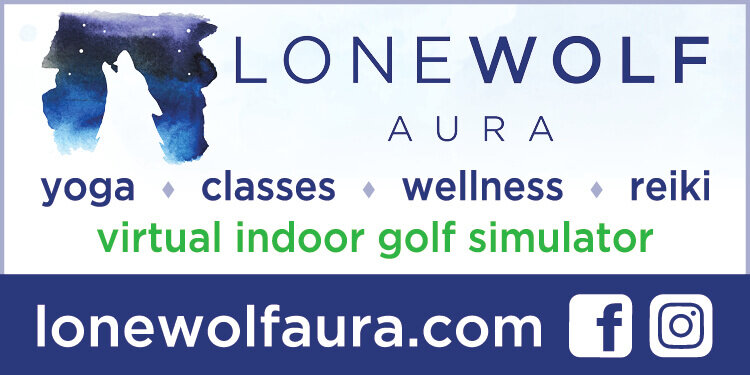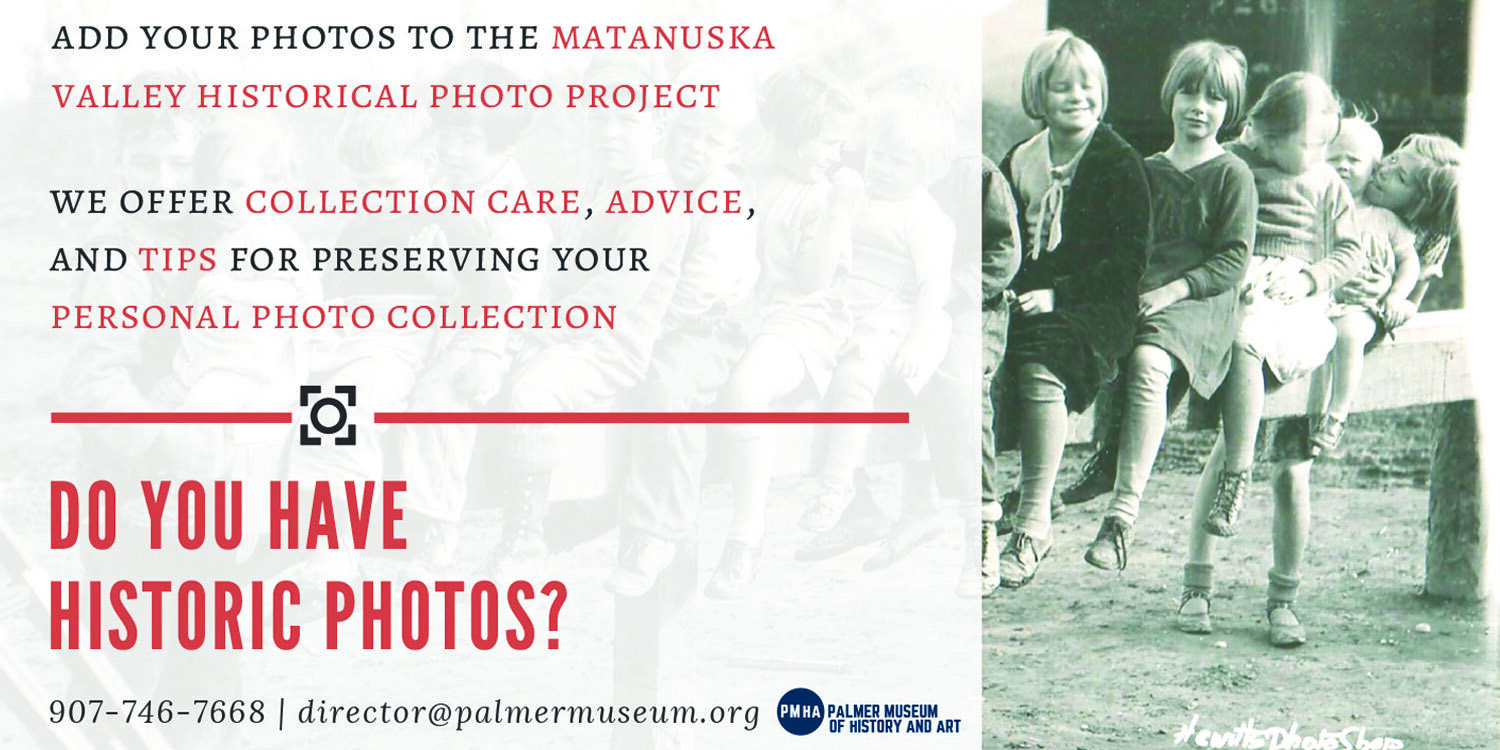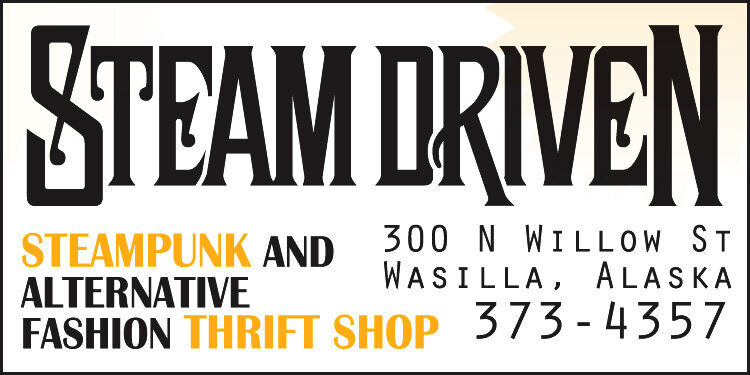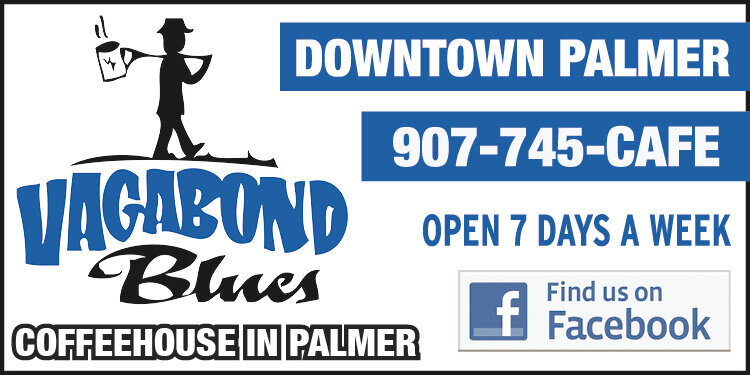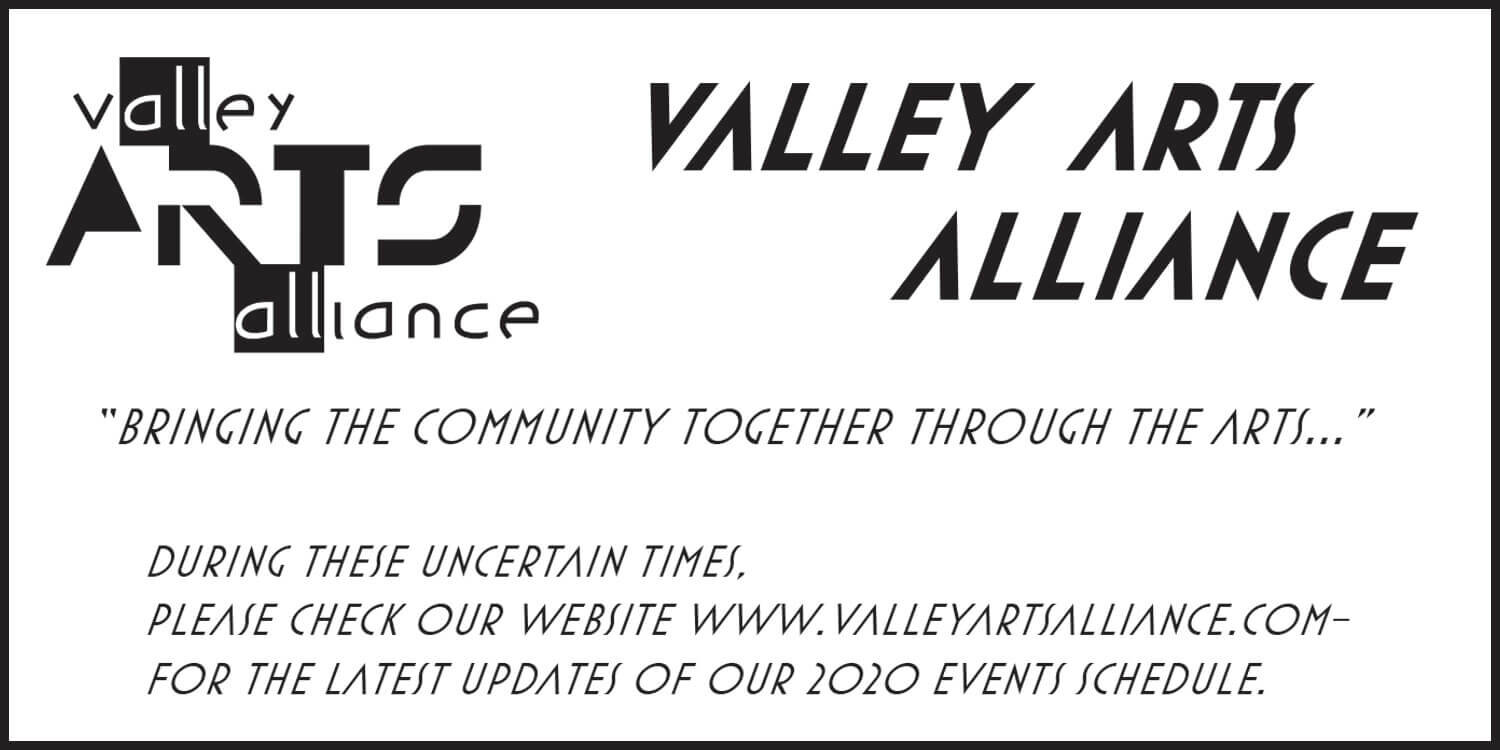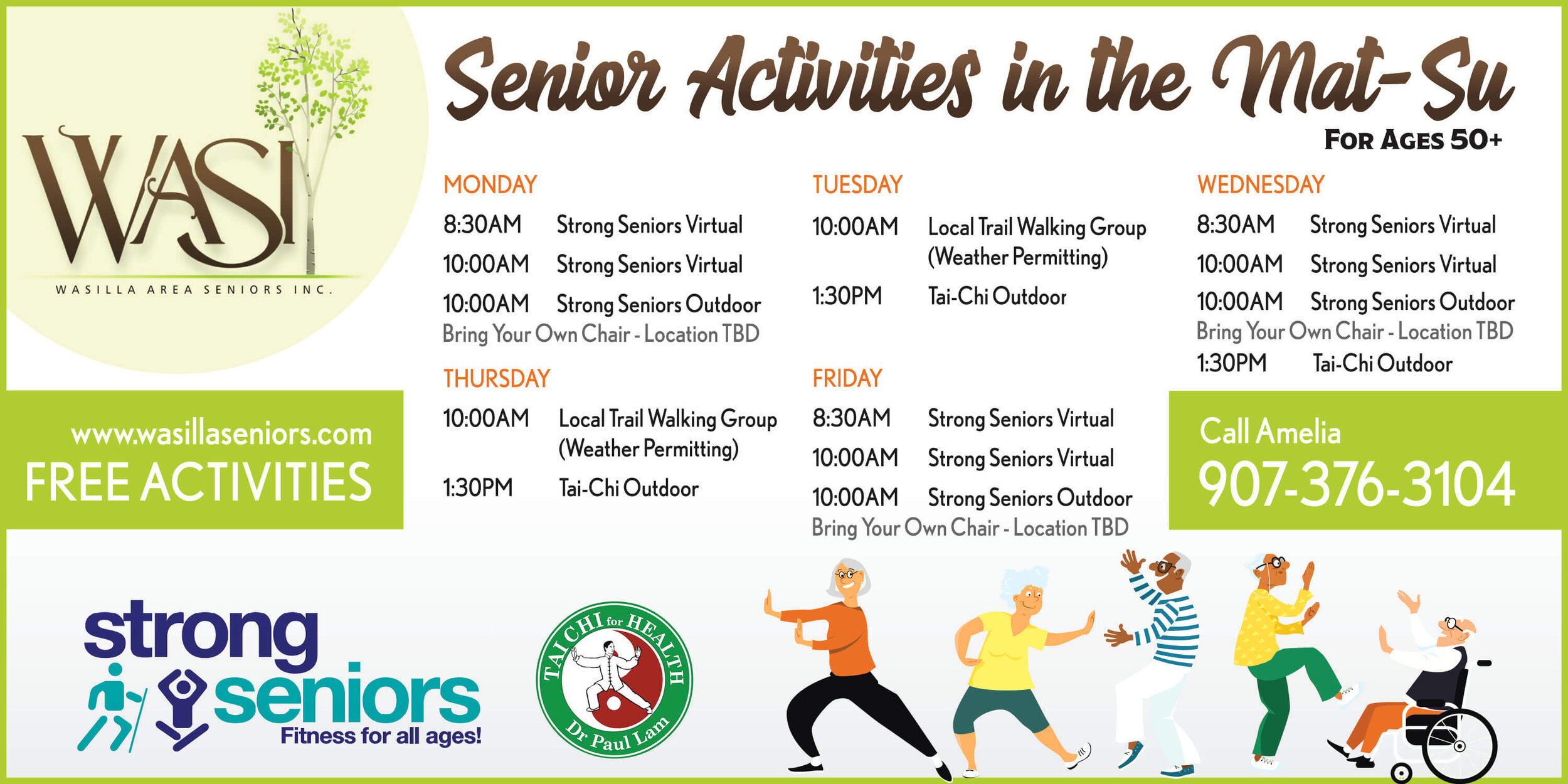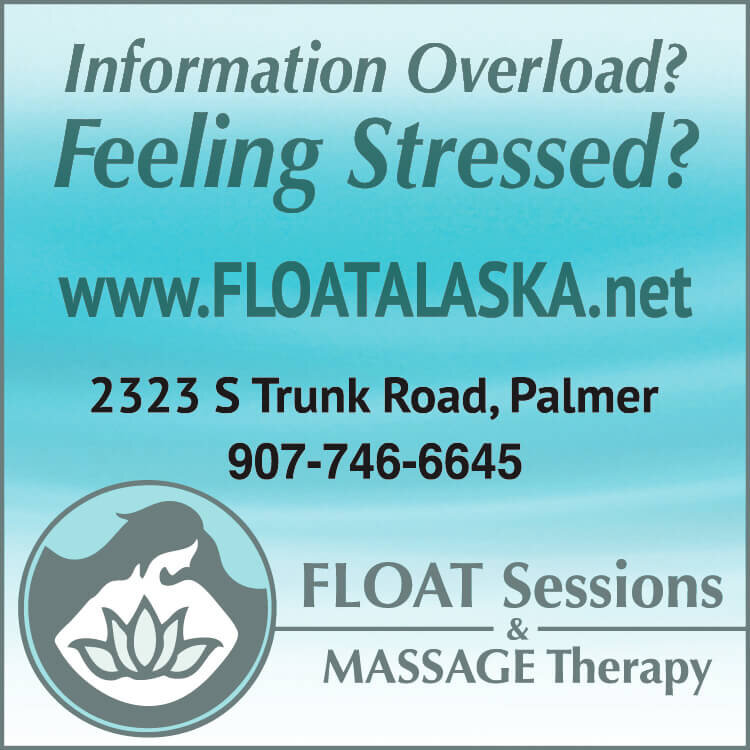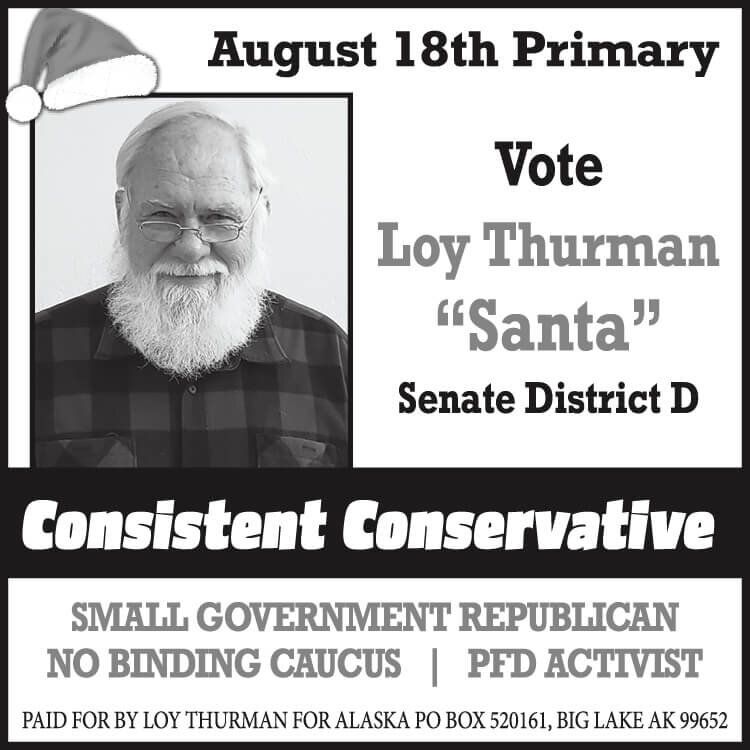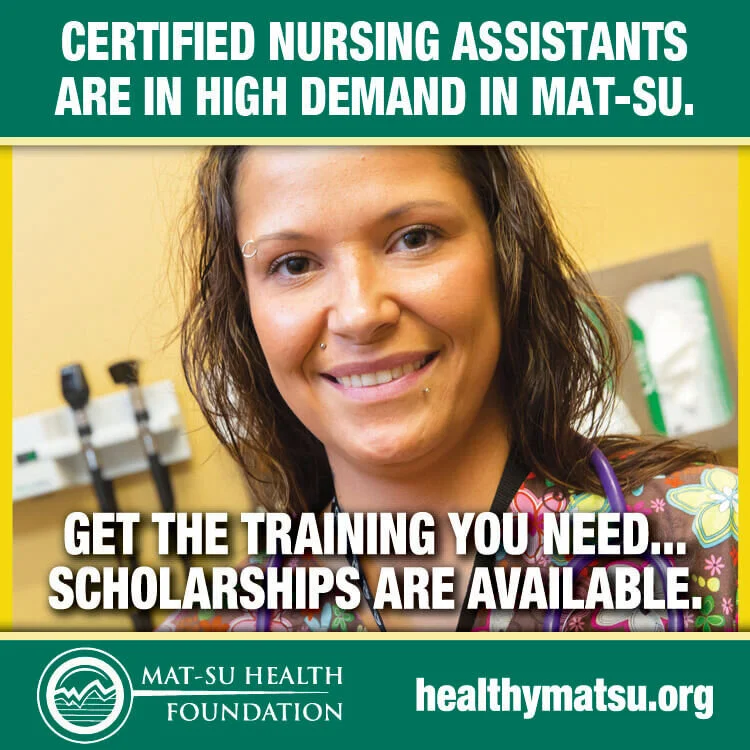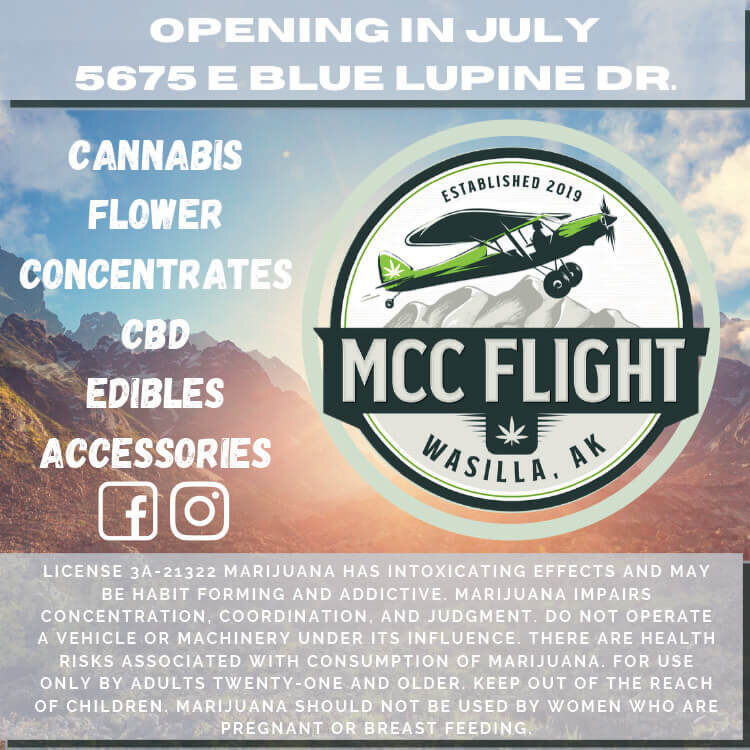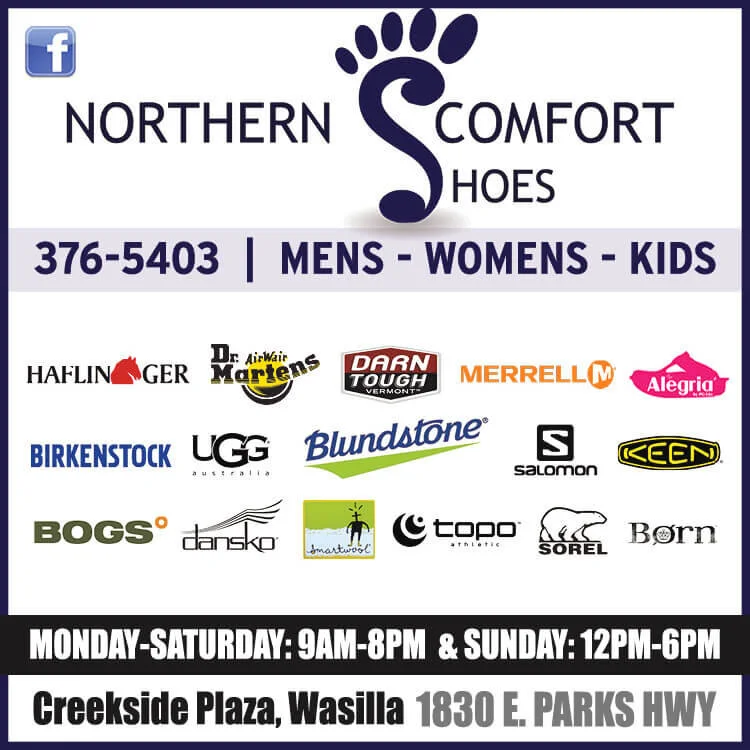Contributed by Michelle Overstreet, MY House
January is Sex Trafficking Awareness Month, and at MY House, we are sharing information, raising awareness and empowering our community with the information needed to stop this scourge on our youth.
This is a difficult topic to write and read about. Nobody wants this in their backyard. But the reality is that it is happening here, and the victims are most often homeless youth. A recent study by Loyola University found that Covenant House Alaska has the highest rates of sex trafficking of any Covenant House in the USA. As a Covenant House partner, our staff has been trained and have worked alongside the Anchorage staff, and we see the same issue here in the Valley - it’s not just Anchorage.
In February 2017, a MY House staff member picked a 19 year old up from the parking lot of a Mat-Su hotel in a white-out snow storm. She reported that she and nine other young women were being trafficked out of the hotel. She got in the car wearing bedroom slippers and without a coat, carrying a plastic grocery bag with a hairbrush and a couple other small items. Traffickers frequently take victims’ ID, shoes, clothing and in Alaska, anything that would keep them warm should they decide to leave the situation. No coat, no shoes, no escape.
We rarely see youth “abducted” for sex trafficking. In most cases they are “in love” with their recruiter, who grooms them to feel obligated to participate no matter the abuse dished out. We also have reports of parents who sell or trade sex with their children for drugs and money. Usually starting around age 12, addicted parents looking to exploit their children will start talking about sex acts as “commodities”. In one case, a client’s parent sold her virginity, telling her, “You’re just going to lose it anyway, we might as well get something for it.” If a child tells you about abuse of this kind, please do not disregard it. It can lead directly to being trafficked - being “sold” becomes (in their world) part of a family-based relationship. Many times, by the time we hear these reports, clients are past the age for an OCS intervention.
We partner with a treatment program out of Anchorage with safety and treatment ties across the United States and work to have young victims placed in one of those programs, but many are not so lucky. If you see something that doesn’t look quite right, call for law enforcement.
Here are some examples:
1. A young person with an older person who appears to control their communication with others, such as the older person keeps their phone, interrupts conversation when started or answers questions for them. The younger person may seem “coached” on what to say.
2. A person who is not dressed for the weather, lacking warm clothing and possibly wearing clothing that is revealing or provocative and in a public place as though “waiting” for someone.
3. A person with few personal belongings, no identification or papers to be able to obtain legal ID and lacking a stable place to live or not able to tell you where they live.
4. A person who appears disoriented or confused, or showing signs of mental or physical abuse.
5. A person who is fearful, timid or submissive, afraid to speak up or engage in conversation.
Local law enforcement is trained to support intervention in trafficking situations, and there are FBI agents that work in the trafficking business statewide and nationally. Working together and being aware and alert to the signs, we can protect the youth in our communities!

